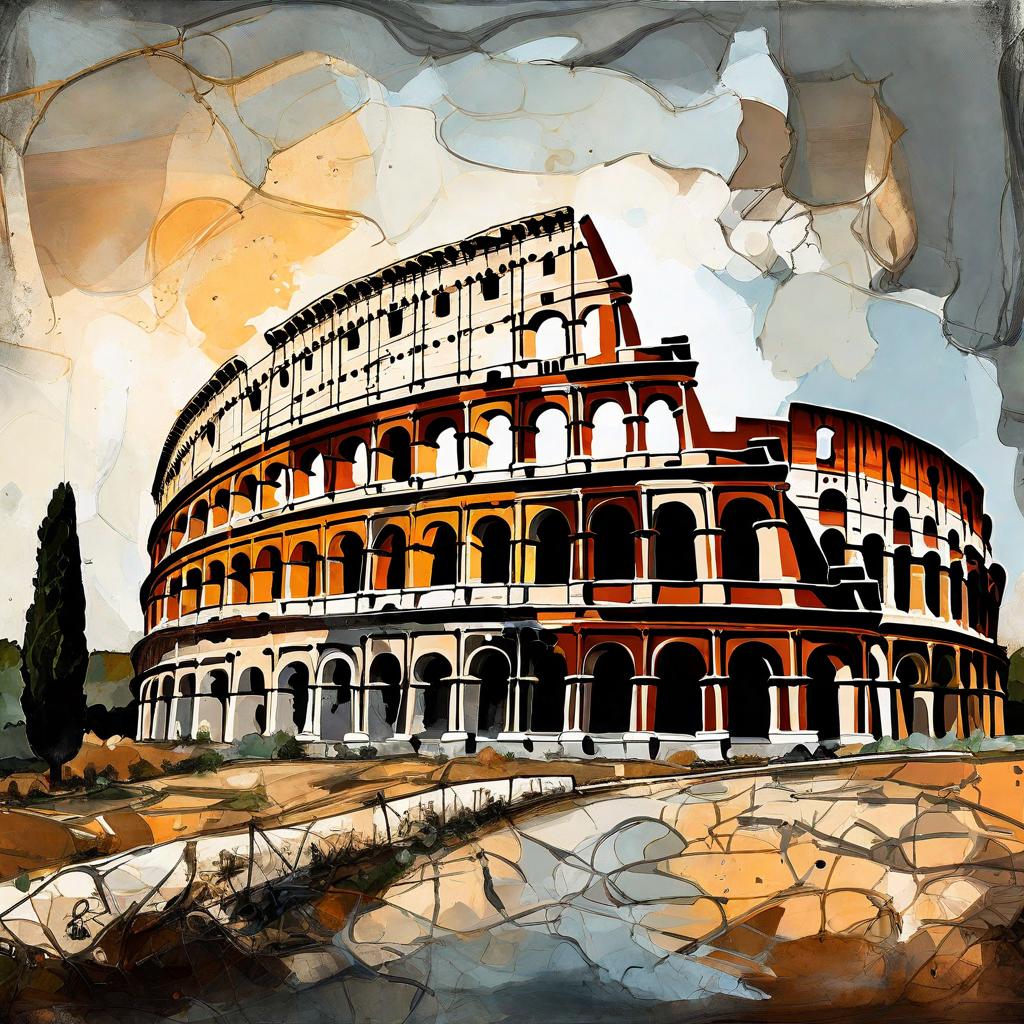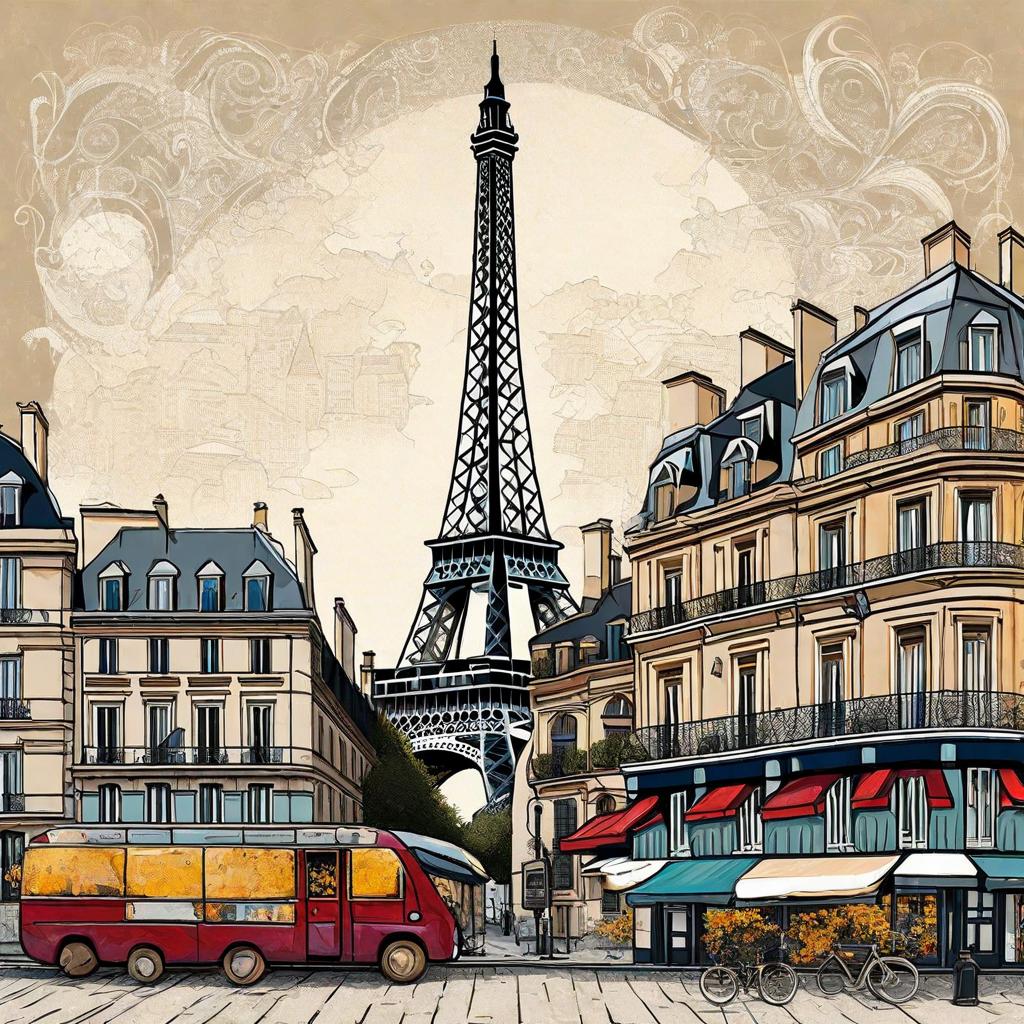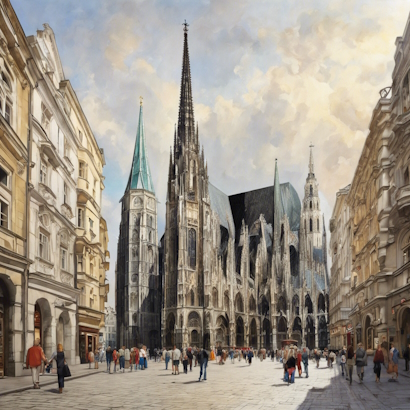Welcome to the heart of history and elegance, to the city that has defined the course of humanity countless times over – beautiful Rome. As you walk the streets of this eternal city, every stone beneath your feet is filled with stories of antiquity, the Renaissance and passionate living. Rome is not just a city, it is a living picture of the past, where ancient monuments combine with a modern atmosphere to create a unique charm. Get ready for an unforgettable trip to one of the most iconic cities in the world, where every step is a step into history.
Contents
Best time to visit Rome
The best time to visit Rome depends on personal preference and what you want to experience. The spring months (April and May) and the autumn months (September and October) are generally considered ideal times. Temperatures are comfortable, the tourist traffic is not as intense as in the summer months and you can enjoy the beauty of the city without the big crowds. In summer (July and August) it can be very hot, which can affect the comfort of the visit and some attractions can be crowded. The winter months (December and January) are cooler, but the city has its Christmas charm and tourist traffic is usually lower. Overall, each season has its advantages, and the choice depends on your preferences and plans.
Rome can be reached by different modes of transport and the options depend on where you are coming from. Here are some common options:
- By air
From Europe: Most European cities have direct flights to Rome’s airports, especially Fiumicino Airport (Leonardo da Vinci) and Ciampino Airport.
From overseas: Fiumicino International Airport is the main entry point for flights from all over the world.
- By train
There is a network of international trains connecting many European cities with Rome. The main station in Rome is Termini.
- By Car
The option of arriving by car via road networks within Europe is very accessible and preferred by many tourists.
- By bus
International bus companies offer routes connecting many European cities with Rome. At least FlixBus is worth mentioning.
Choose your transport depending on your preferences, time and place of departure. Flights are often the fastest and most convenient option for visiting Rome from distant destinations.
There are several modes of local transport available in Rome:
- Metro
The metro in Rome has 3 lines (A, B and C) serving the city centre and some suburbs. The metro is a quick and easy way to travel around the city, but can be crowded during rush hour.
- Buses
Buses are an extensive network that serves the entire city. They are cheaper than the metro, but also slower and less convenient.
- Trams
Trams run in the centre of Rome and some suburbs. They are slower than the metro but can be an interesting way to get around the city.
- Trolleybuses
Trolleybuses in Rome are similar in character to trams. They operate in the centre of Rome and in some suburbs.
- Trains
There are several train stations in Rome that provide connections to other Italian cities. Trains are a fast and convenient way to travel long distances, but can sometimes be expensive.
- Taxis
Taxis are available throughout Rome and are a convenient way to get from point A to point B quickly, especially if you have a lot of luggage. However, taxis can be expensive, especially if you are going a long distance.
- Bike rental
Renting a bike is a great way to see the beauty of Rome while getting some exercise. There are many bike rental shops throughout the city.
- Walking
Rome is a compact city and many sights are within walking distance of each other. Walking is a great way to see the city and soak up the atmosphere.
When choosing the ideal accommodation in Rome, it is important to consider a few key criteria. The first factor is definitely location. Consider whether you prefer accommodation in the historic centre near the monuments or rather close to transport links such as bus or train stations.
Another deciding factor may be your budget. Here you can choose between a hotel, an apartment or an Airbnb, taking into account personal preferences and financial possibilities. Then it is also important to consider the amenities and services provided, such as the availability of Wi-Fi, the breakfast offer and the quality of the air conditioning and heating system.
Reviews from previous guests are also an indispensable criterion. Read the experiences of others on booking platforms to get a realistic picture of the quality of the accommodation.
Trattoria da Enzo al 29: This traditional Roman restaurant offers authentic dishes at reasonable prices. It is popular for its homemade pastas, salads and grilled meats.
La Tavernaccia da Bruno: This small and cozy restaurant is located in the center of Rome and offers a wide variety of Roman and Italian specialties. Prices are very affordable and portions are large.
Pizzarium: It offers a wide selection of pizzas, including classic and non-traditional options. The prices here are very reasonable.
Pastificio Guerra: This restaurant specializes in fresh pasta and offers a wide selection of pasta specialties. Prices are low and portions are large.
- If you’re looking for something cheap and quick, try the Roman “panini” – sandwiches filled with different ingredients. You can find them in many street stalls and shops.
- For dinner, you can have a Roman ‘pizza al taglio’ – pizza by weight, sold in pizzerias and bakeries.
- Don’t forget to try the Roman gelato. You can find it in many gelaterias around the city.
- Colosseum: a 1st century amphitheatre where gladiatorial matches and other public spectacles took place.
- Forum Romanum: The heart of ancient Rome with ruins of temples, basilicas and other important buildings.
- The Pantheon: Temple of all the gods with its impressive dome and altar.
- The Vatican Museum: a vast museum with an extensive collection of art and artifacts, including the Sistine Chapel.
- St. Peter’s Basilica: Monumental basilica and seat of the Pope.
- Trevi Fountain: The largest Baroque fountain in Rome, where you can toss a coin for good luck.
- Spanish Steps: The monumental staircase leading to the Basilica of the Trinita dei Monti.
- Piazza Navona: Baroque square with three fountains and street performers.
- Castel Sant’Angelo: Cylindrical castle that served as a mausoleum, fortress and papal residence.
- The Catacombs: Underground passages and burial site of early Christians.
- Caracalla Baths: Extensive ruins of Roman baths with pools, saunas and gymnasia.
- Palatine: One of the seven hills of Rome with the ruins of the palaces of the Roman emperors.
- Mouth of Truth: An ancient marble lie detector.
- Aventine Hill: One of the seven hills of Rome with a beautiful view of the city.
- Trastevere: A picturesque district with narrow streets, restaurants and bars.
If you’re short on time, try buying a Roma Pass, which gives you access to the Colosseum, the Forum Romana and the Palatine, as well as transport around the city. If you want to visit the Vatican Museum, try to book tickets online in advance to avoid queues.
– Visit an opera or concert at the Teatro dell’Opera di Roma.
– A boat ride on the Tiber.
– Excursion to Ostia Antica, the ancient port city of Rome.
– Visit to Tivoli with its beautiful gardens and Hadrian’s Villa.
– Wine tasting at a Roman winery.
– Cooking course in Roman cuisine.
– Shopping on Via del Corso, Via Condotti and other shopping streets.
– Relaxation in Villa Borghese Park.
- Information centre in Colosseo or Termini Information Centre etc.
- You should also check out the main tourist information source.
Information Centre EUR:
Address: Via Cristoforo Colombo, 2, 00144 Roma RM, Italy
Telephone number: +39 06 5422 2212; +390 606 08
Website: EUR | Turismo Roma
Other information centres:
Termini Information Centre: Via Giovanni Giolitti, 26, 00185 Roma RM, Italy
Pantheon Information Centre: Piazza della Rotonda, 70, 00186 Roma RM, Italy
Tips:
At the information centre you can pick up maps, brochures and other information about Rome.
You can also buy a Roma Pass, which gives you access to many monuments and museums and includes transport.
The staff at the information centre will be happy to help you plan your stay in Rome.
- Cinecittà World: this theme park is dedicated to the world of film and television. It has rides, shows and attractions based on popular movies and TV shows. It is located about 20 km from the centre of Rome.
- Rainbow MagicLand: It has roller coasters, water rides, shows and attractions for all ages. It is located about 40 km from the centre of Rome.
- Zoomarine: This park is a combination of a marine park and an amusement park. It has shows with dolphins, sea lions and penguins, as well as roller coasters, water rides and other attractions. It is located about 45 km from the centre of Rome.
- Bioparco di Roma: This is a zoo with more than 1,100 animals from all over the world. It also has a children’s playground, an educational center and a restaurant. It is located right in the centre of Rome.
- LunEur Park: It has roller coasters, carousels, water rides and other attractions. It is also located in the centre of Rome.
In Rome, tourists love the variety of souvenirs that capture the city’s rich history and atmosphere. Small replicas of famous monuments such as the Colosseum or the Trevi Fountain are very popular. Ceramic products with hand-painting, from plates and bowls to coffee pots, represent traditional Roman aesthetics.
Jewellery inspired by ancient motifs, especially coins, is also a sought-after souvenir. Wine and olive oil from Italy are ideal for those who want to take away a piece of Italian gastronomy. Currently, coffee machines and Italian coffee are becoming a popular souvenir for coffee lovers.
Finally, for children, there are appealing gladiator figures, miniature Roman helmets and shields, and a variety of children’s clothing with inscriptions associated with Rome.
A selection of authentic and local souvenirs allows tourists to take away a real piece of Roman culture and traditions.
Italian emergency line: 112
Italian police
– Carabinieri: 112
– Polizia di Stato: 113
– Rome Municipal Police: 06 67691
– Italian Fire Brigade: 115
– Italian Ambulance Service: 118
Other important phone numbers in Italy:
– Italian Red Cross: 06 5510
– Rome Anti-Drug Centre: 840 002 244
– Veterinary ambulance in Rome: 06 6621686
How and where to find a job in Rome
First of all check
– Indeed: https://www.indeed.com/q-IT-jobs.html
– LinkedIn: https://www.linkedin.com/
– InfoJobs: https://www.infojobs.it/
– Monster Italia: https://www.youtube.com/watch?v=8o2ve9g5miY
– Jobrapido: https://us.jobrapido.com/
– Cliclavoro: https://www.cliclavoro.gov.it/
– Subito.it: https://www.subito.it/annunci-italia/vendita/offerte-lavoro/
– Lavorare.net: https://www.lavorare.net/
In addition to these portals, you can also look at the websites of the specific companies you are interested in to see if they have vacancies.
Requirements for temporary jobs in Rome
– A valid passport.
– Visa: If you are not an EU citizen, you will need a work visa. The type of visa you will need depends on your country of origin and the type of work you want to do. For more information on work visas for Italy, please visit the Italian government website: https://vistoperitalia.esteri.it/home/en
– Codice Fiscale: The Codice Fiscale is the tax identification number in Italy. You will need it to work and pay taxes in Rome. You can apply for it online at the Italian Tax Agency’s website: https://www.agenziaentrate.gov.it/portale/web/english
– Bank account in Rome: You will need a bank account so that your employer can pay your wages.
Requirements for permanent employment in Rome:
– A valid passport.
– Visa: If you are not an EU citizen, you will need a work visa. The type of visa you will need depends on your country of origin and the type of work you want to do. For more information on work visas for Italy, please visit the Italian government website: https://vistoperitalia.esteri.it/home/en
– Codice Fiscale: The Codice Fiscale is the tax identification number in Italy. You will need it to work and pay taxes in Rome. You can apply for it online at the Italian Tax Agency’s website: https://www.agenziaentrate.gov.it/portale/web/english
– Qualifications and experience relevant to the position.
– Permesso di soggiorno: A permesso di soggiorno is a residence permit to stay in Italy. The type of permit you will need depends on your country of origin and the type of work you want to do. For more information on residence permits in Italy, please visit the Italian government website: https://vistoperitalia.esteri.it/home/en
Important: Before travelling to Rome, study Italy’s immigration and visa requirements carefully. Information can be found on the Italian government website: https://vistoperitalia.esteri.it/home/en



